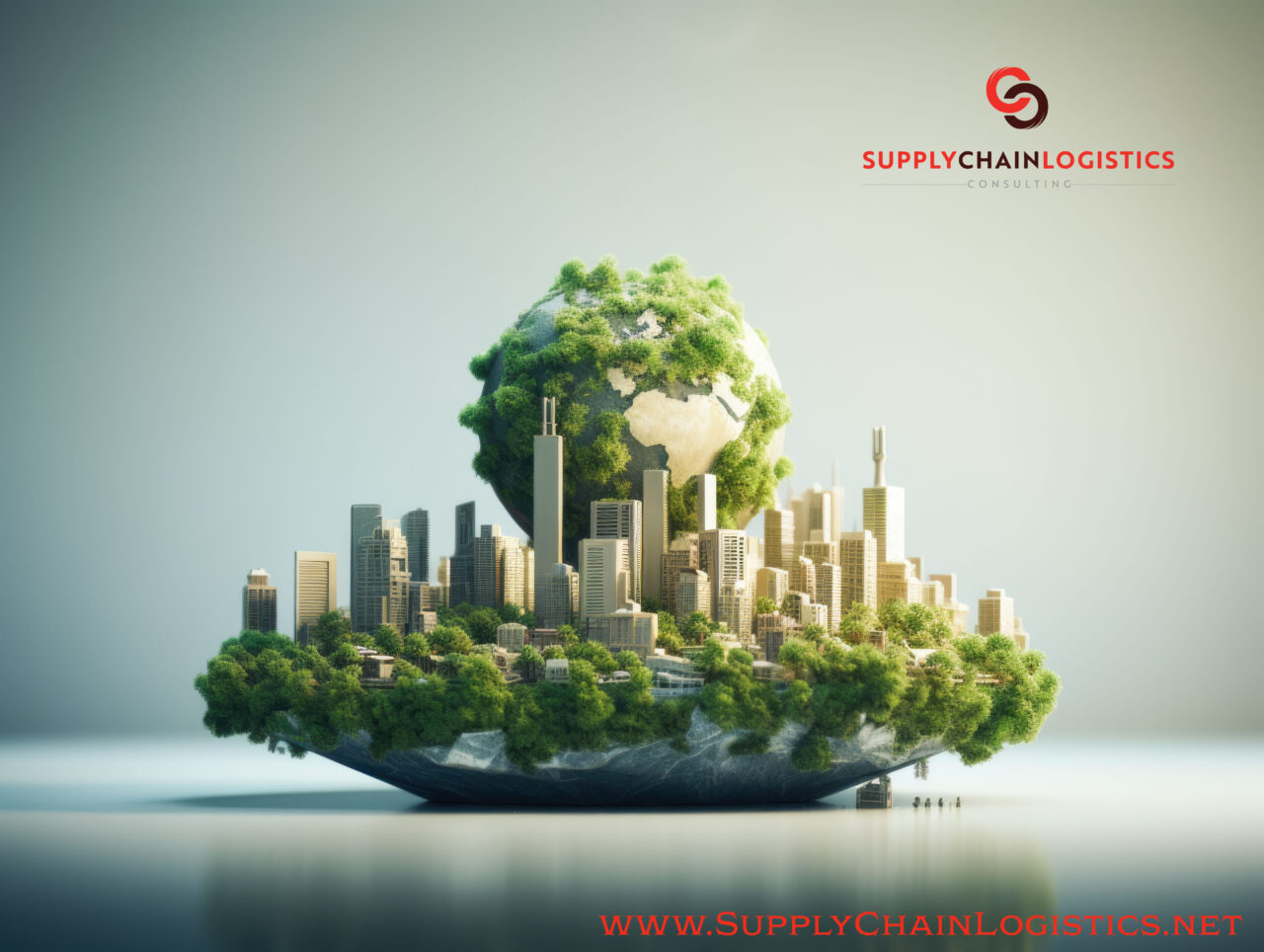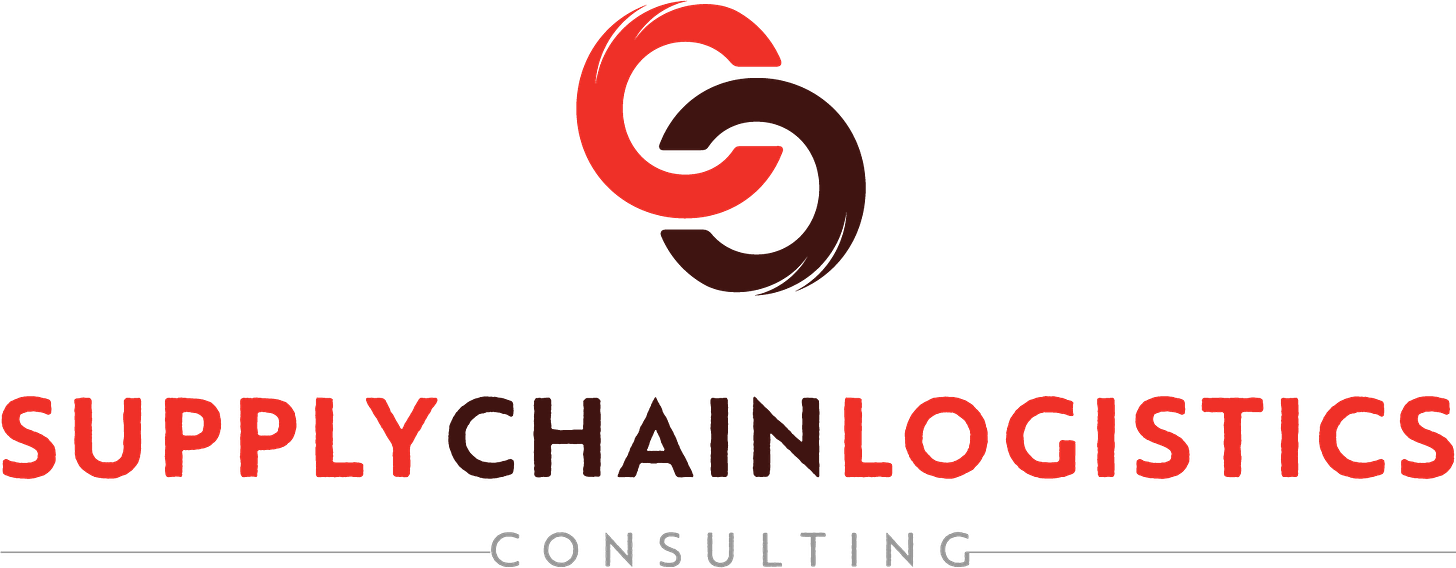Making a case for corporate strategy and global alignment.
Why is it important to understand how corporate strategy, sustainability, and procurement intersect? Because in a world that decides with its dollars nothing could be more impactful.
Sustainable Procurement.
By incorporating sustainable procurement principles, organizations can prioritize the purchase of goods and services that meet high environmental and social standards. This not only helps mitigate the negative effects of production and consumption, it also ensures that suppliers align with the organization’s values and goals. Furthermore, sustainable procurement goes beyond just considering the environmental and social aspects of a businesses total impact.
ECONOMICAL
Measures an economy’s ability to ensure and promote economic growth through international trade.
SOCIETAL
Captures social factors that contribute to an economy’s capacity to trade internationally over the long term.
ENVIRONMENTAL
Measures the extent to which an economy engages in international trade in a way that is environmentally sustainable.
THE HINRICH-IMD SUSTAINABLE TRADE INDEX 2022
These Three Pillars of Sustainability the The IMD World Competitiveness Center and Hinrich Foundation are used to measure capacity & readiness to participate in global trade in a manner that supports goals of economic growth, societal development, and environmental protection
In addition to environmental and social business impacts, sustainable procurement also takes into account economic factors. For example this could include promoting fair trade and supporting local businesses to create a more resilient and inclusive economy.
Organizations that prioritize sustainable procurement can contribute to creating a more sustainable future by reducing their carbon footprint, supporting ethical practices, and fostering positive social and economic impacts.
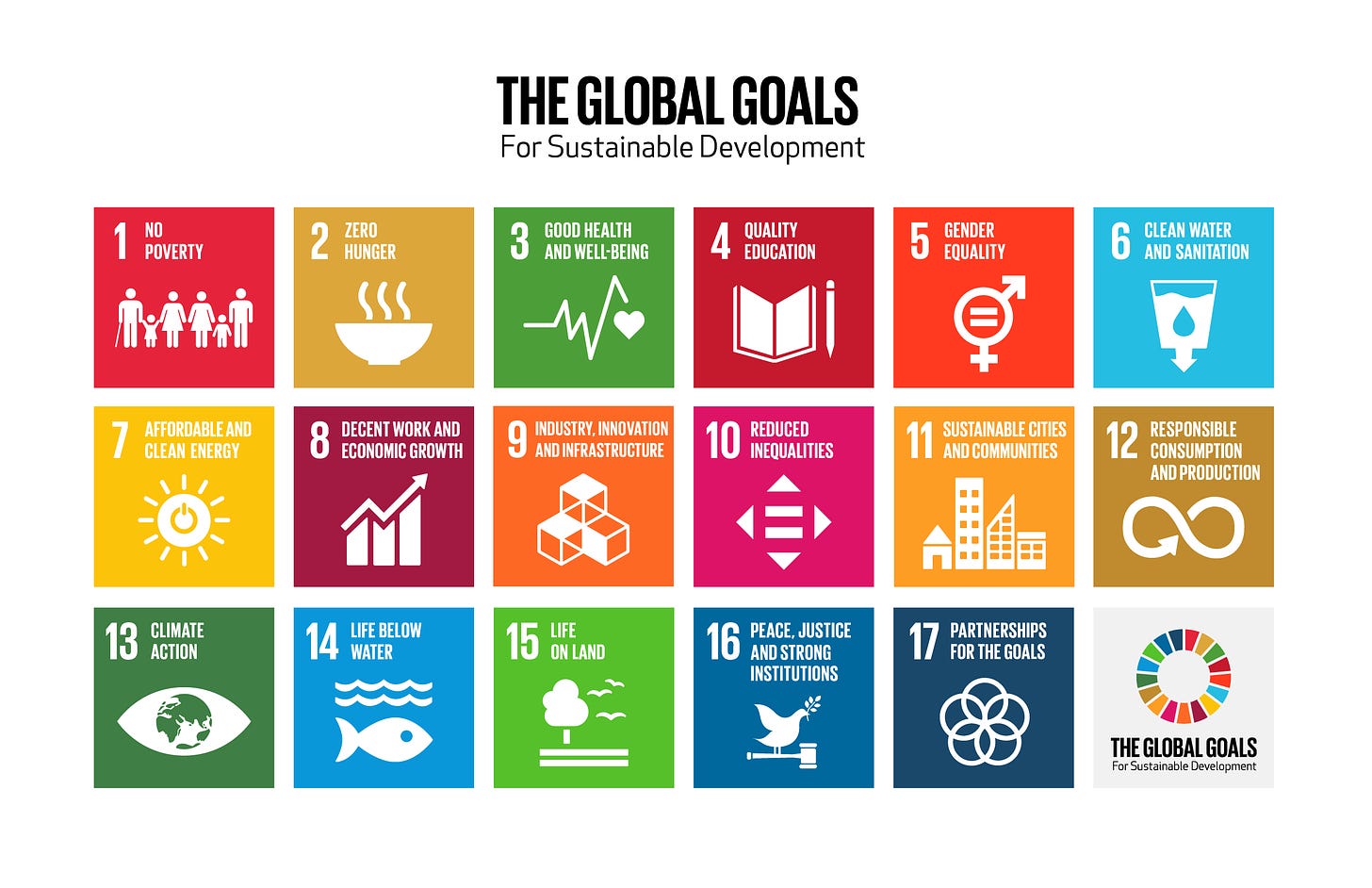
Building a Case for Sustainable Procurement
Section 1: Environmental Standards
Sustainable procurement involves prioritizing suppliers that adhere to high environmental standards. This section will discuss the impact of choosing environmentally friendly goods and services on the organization’s carbon footprint and overall environmental impact.
Section 2: Social Responsibility
In this section, we will explore the importance of promoting social responsibility through sustainable procurement. This includes supporting suppliers who uphold fair labor practices, diversity, and inclusion in their operations.
Section 3: Economic Resilience
Sustainable procurement can contribute to economic resilience by promoting fair trade and supporting local businesses. This section will highlight the economic benefits of prioritizing suppliers that contribute to a more resilient and inclusive economy.
Section 4: Supply Chain Transparency
Transparency in the supply chain is critical for sustainable procurement. This section will delve into the importance of ensuring transparency in sourcing, production processes, and the origins of goods and services.
Section 5: Organizational Impact
The final section will focus on the overall impact of sustainable procurement on the organization. It will detail how embracing sustainable procurement practices can align with the organization’s values, goals, and long-term sustainability strategy.
Priorities of Sustainable Procurement Organizations
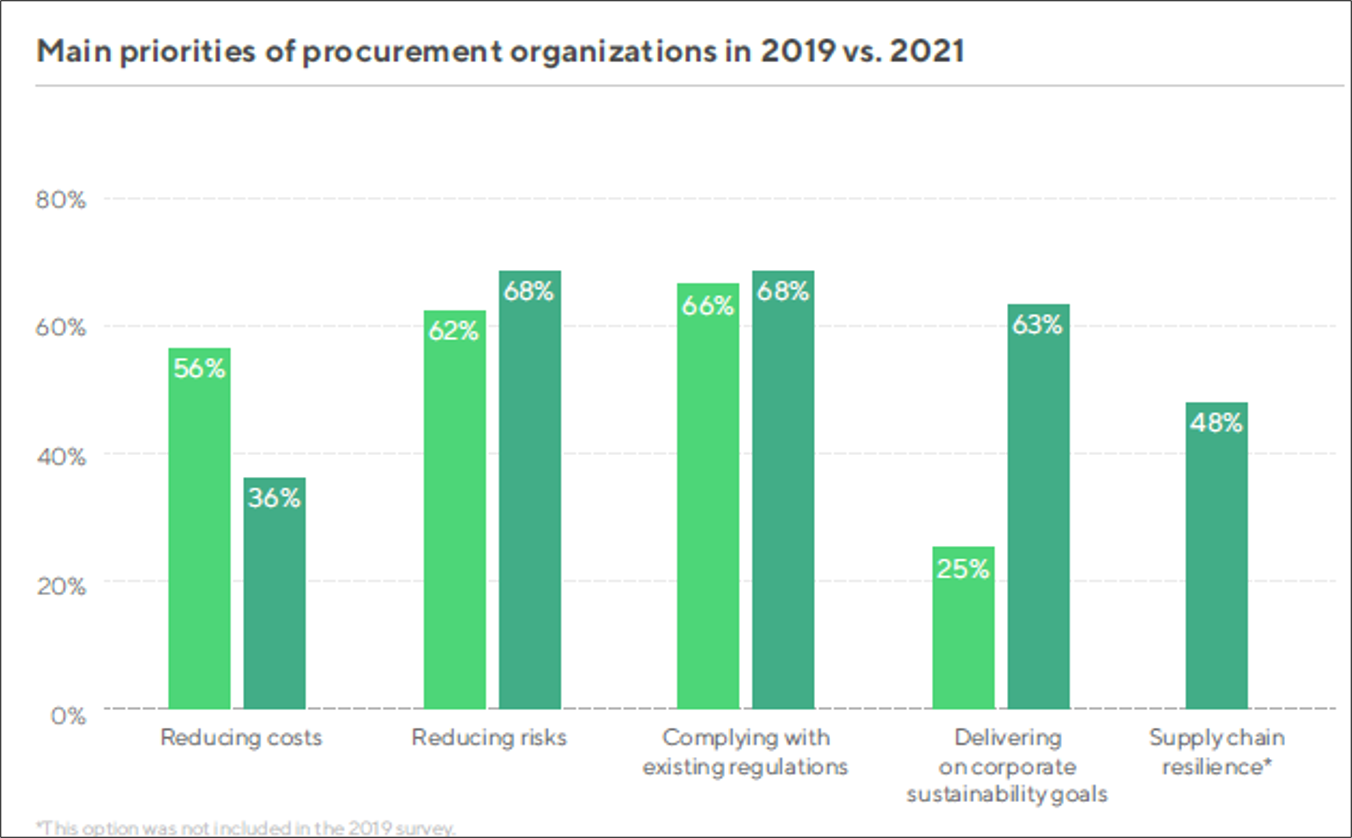
What Opposing Arguments Are There To Sustainability?
While sustainable procurement certainly has its benefits, there are opposing arguments that should be considered. The purpose of stating the challenges is to realize that much has been done already to move beyond obscurity and into a collective drive for improvement, and to understand that there is a great deal left to accomplish.
Costs
Some critics argue that prioritizing sustainable procurement principles can lead to increased costs for organizations to process procurement. They argue that adhering to high environmental and social standards for supplier selection could lead to higher procurement expenses in the form of labour, administrative, and processing costs.
Resources
Additionally, the resources and time required to vet suppliers for their sustainability practices may also pose a financial burden on organizations, especially smaller businesses with limited resources. The lack of resources to develop policy, adapt supplier management practices, and enforce adherence to strict criteria, can be a blockade preventing real internal progress for some companies.
Availability
Furthermore, opponents of sustainable procurement argue that it could lead to a decrease in product availability and variety. By limiting the pool of suppliers to those that meet stringent sustainability criteria, organizations may miss out on valuable partnerships and innovative products from suppliers that do not meet these criteria.
Higher Prices
A related concern is that narrowing down suppliers only those qualified for a more specific set of criteria could potentially limit competitive pricing and prevent procurement of certain goods and services. Extending the ‘best price’ purchase to encapsulate a ‘greatest value’ or ‘lowest total cost’ approach requires incentives which may not exist or may not be apparent without further investigation.
Greenwashing
Greenwashing” is a term specifically used to refer to environmental targets by business and is applicable when suppliers may falsely claim sustainable practices to attract buyers that value sustainability. The potential for greenwashing is real and critics will be quick to identify general failings in the global economies agreement on standardized measurements, inability to punish false or misleading advertisement by bad actors, and inaction for activities that equate to real change.
Accountability
A lack of transparency into the dealings of certain organizations and and little or no accountability to claims of environmental stewardship, equanimity, and social benefit, could undermine the effectiveness of sustainable procurement efforts. Organizations may unknowingly engage with suppliers who do not genuinely prioritize environmental and social responsibility and the problem of capturing reliable feedback can be a problem on a global scale.
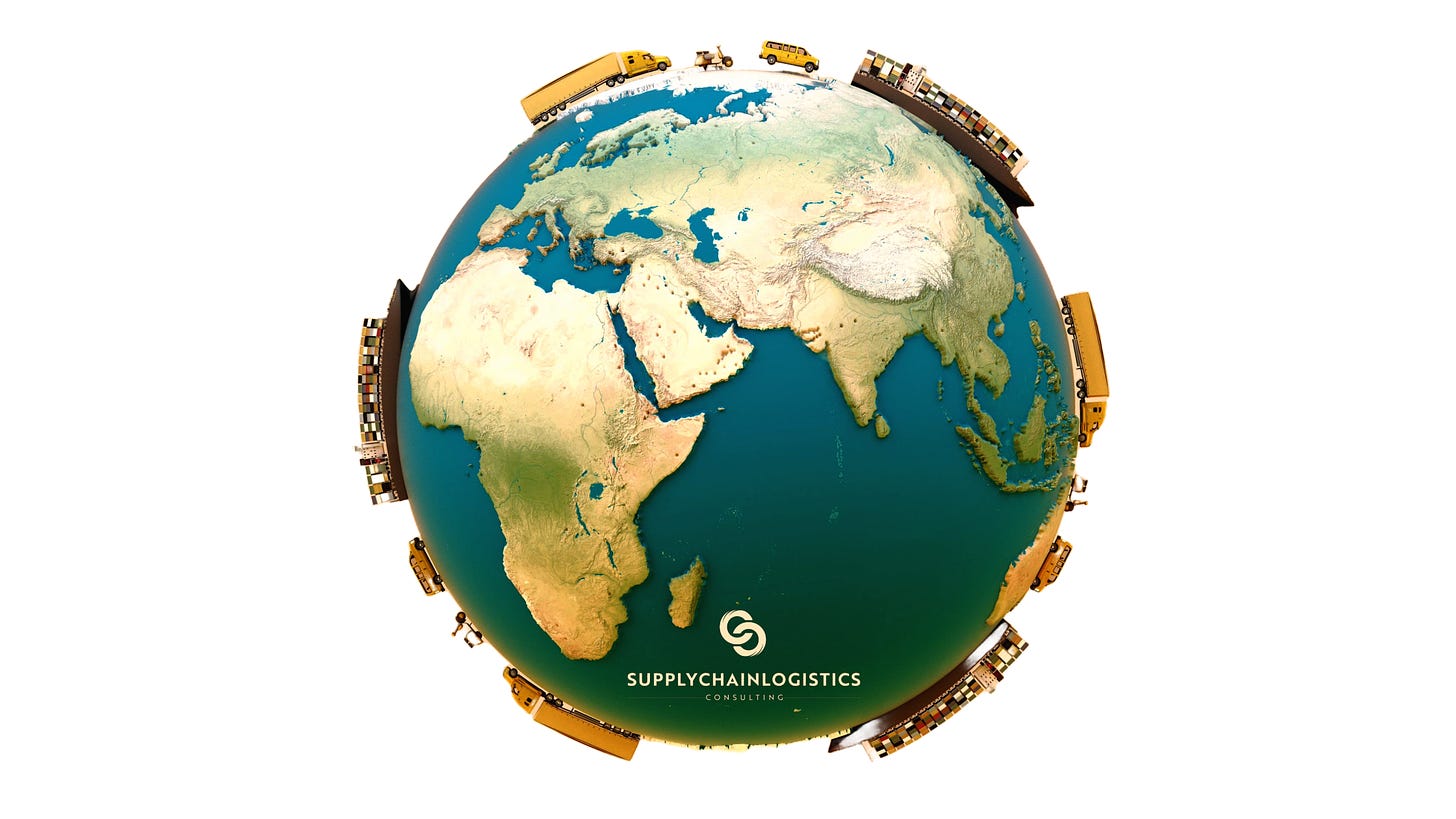
Complexity
Supply chains are diverse, international, connected, fragile, and complex. The vulnerabilities of products and the practices that are required to uphold sustainability in procurement reach far beyond the buyer and start long before a purchase.
Challenges
It is important to acknowledge and address these opposing arguments to gain a comprehensive understanding of the potential challenges and implications of sustainable procurement. By considering both perspectives, organizations can make informed decisions about their procurement practices, taking into account the balance between sustainability goals and operational limitations.
Top 5 Barriers to Sustainable Procurement for Private Companies
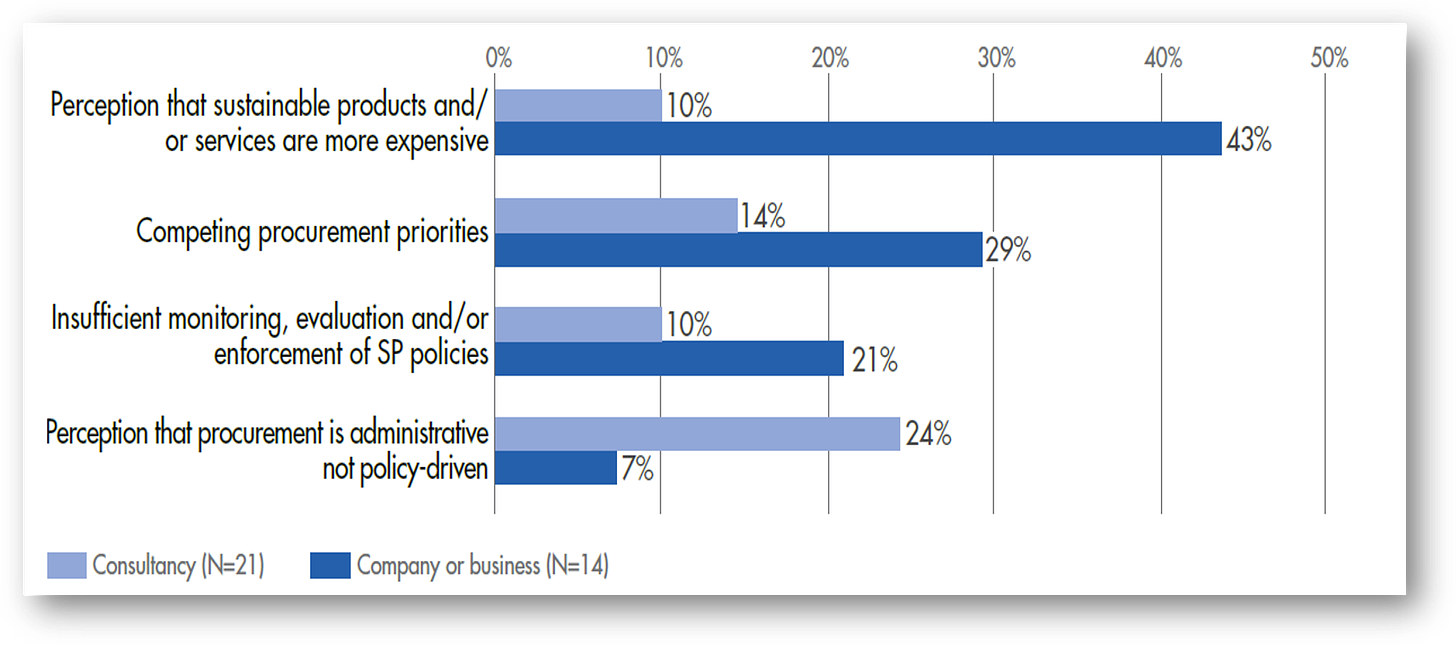
Top 5 Barriers to Sustainable Public Procurement
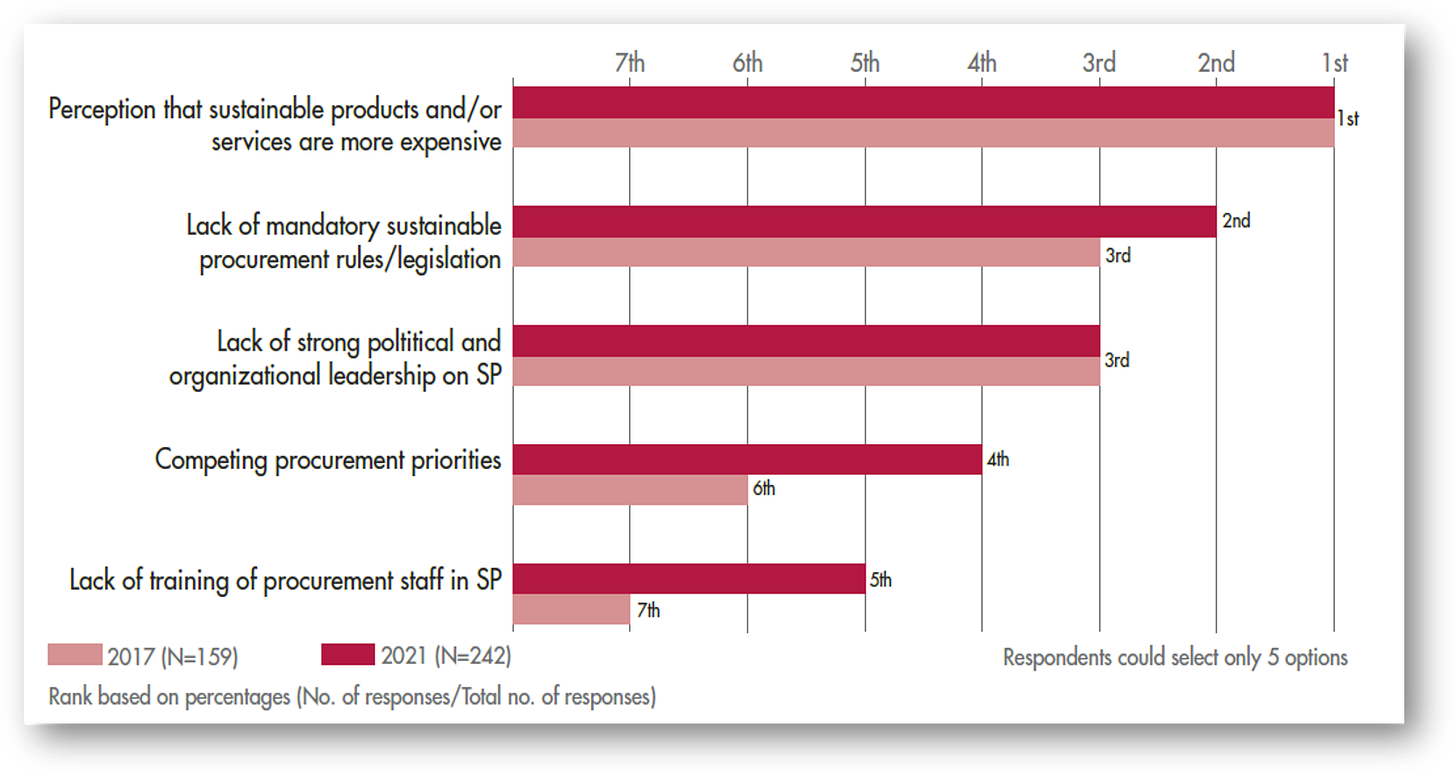
Progress is best measured by looking back at how far we have come as nations, companies, communities, and as business leaders.
Then re-setting our sights on where we are going and using our human ingenuity to discover how we’ll get there together.
S&Co., Supply Chain Logistics Consulting
Implementing Sustainable Supply Chain Management
Implementing sustainable supply chain practices within an organization requires a comprehensive approach that encompasses environmental, social, and economic considerations.
Researchers have emphasized the importance of prioritizing suppliers that adhere to high environmental standards to reduce the organization’s carbon footprint and overall environmental impact. (Zailani et al., 2012).
Furthermore, promoting social responsibility through sustainable procurement involves supporting suppliers who uphold fair labor practices, diversity, and inclusion in their operations, contributing to positive social impacts.
To effectively implement sustainable supply chain management practices, organizations need to prioritize suppliers that uphold high environmental standards while also considering social and economic factors (Zailani et al., 2012). This includes assessing suppliers’ environmental practices, such as their energy efficiency, waste management, and use of sustainable materials.
In terms of economic resilience, sustainable procurement practices help to promote fair trade and support local businesses, leading to a more resilient and inclusive economy. This creates a virtuous circle around the organization and is crucial for companies aiming to create a more sustainable future by fostering economic benefits and addressing societal needs at a regional level.
Embedding transparency in the supply chain is a critical step for realizing sustainable procurement goals.
Transparency ensures that sourcing activities, production processes, and the origins of goods
and services are verifiable and traceable beyond doubt. Such measures enable quality assurance while providing greater safety to the end customer through compliance and adherence of suppliers to high standards.
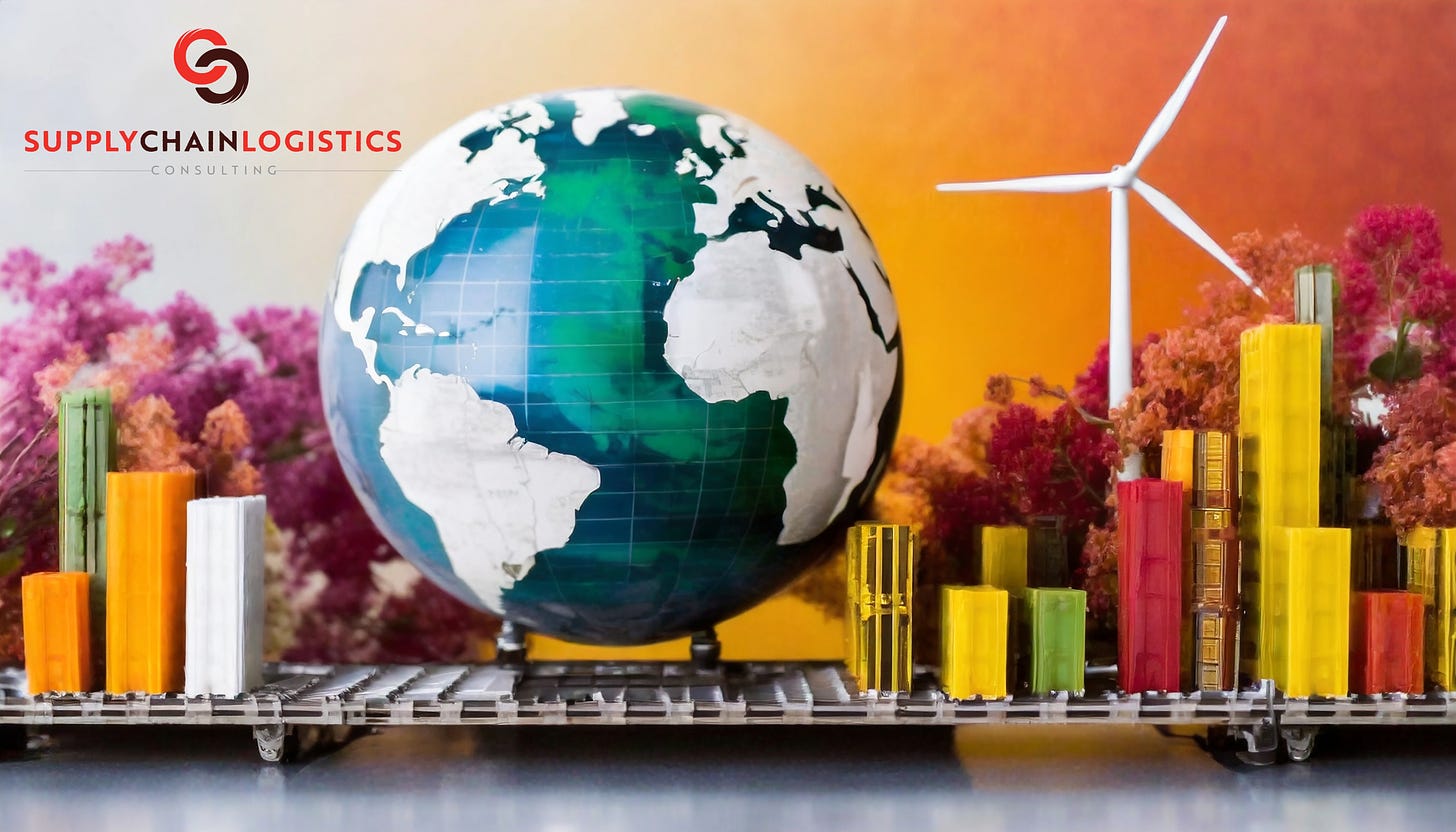
Embracing sustainable procurement practices needs to align with the organization’s values, goals, and long-term sustainability strategy. To signal the importance of
the approach companies must ensure executive sponsorship, buy-in, and support is enmeshed within the initiative without which these efforts lack the appropriate strength to shape corporate culture and become inseparable from brand identity.
Sustainable procurement builds positive impact, such as reducing environmental and socioeconomic risk. Thus enhancing the company brand and public reputation while attracting environmentally conscious consumers and talent.
Moreover, by communicating the organizational impact of sustainable procurement to stakeholders and the wider community, organizations can build trust and demonstrate their commitment to stewardship. Essentially, integrating a long-term and financially responsible sustainably strategy that includes the opportunity for continuous improvement.
Overall, integrating sustainable supply chain practices is a strategic and thoughtful process that requires collaboration with suppliers, proper evaluation mechanisms, and continuous improvement efforts to address potential challenges and ensure alignment with sustainability goals and operational limitations.
Corporate Readiness for Sustainability-Related Programs
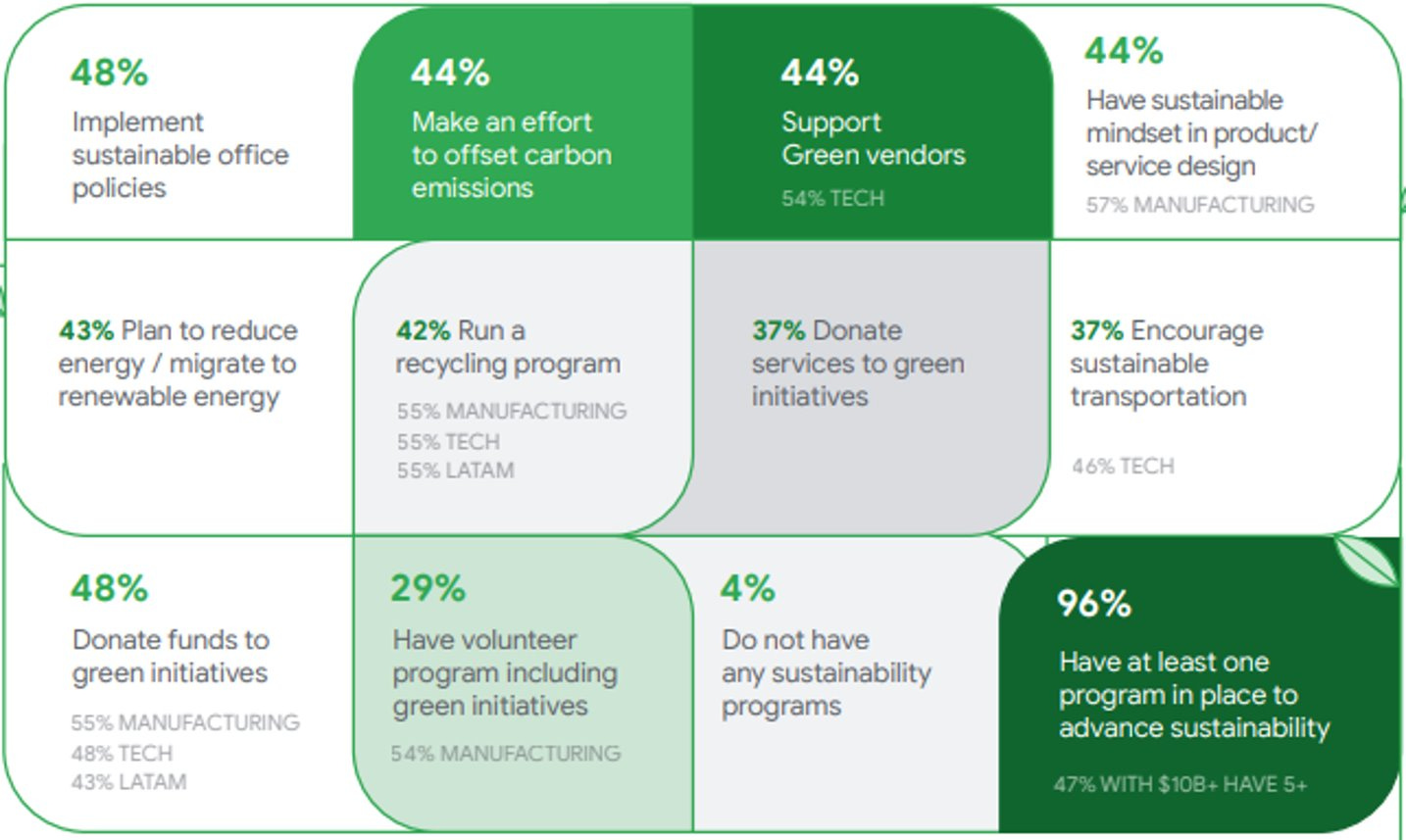
Sustainable Procurement: Quick Questionnaire for CPO’s
1. Environmental Standards
⚙ Do your procurement practices prioritize suppliers that adhere to high environmental standards?
⚙ How do you assess the environmental impact of the goods and services you procure?
- How often are the measurements discussed internally? What percentage of your targets are quantifiable?
- Is there a formal certification or recognized reporting standard used by your company?
⚙ Are there specific criteria or certifications that suppliers must meet to align with your organization’s environmental standards?
2. Social Responsibility
⚙ How do you promote social responsibility through your procurement practices?
⚙ What measures do you take to ensure that your suppliers uphold fair labor practices, diversity, and inclusion in their operations?
- Are these performed by your company, the suppliers, or by a third party?
- What percentage of these practices are mandated in the contractual terms with suppliers and what percentage are voluntary?
⚙ Do you have specific policies or guidelines in place to support social responsibility within your supply chain?
3. Economic Resilience
⚙ To what extent do your procurement practices support fair trade and local businesses?
⚙ How do you measure the economic benefits of prioritizing suppliers that contribute to a more resilient and inclusive economy?
- Is there an actionable plan to correct any shortfall from the desired result? Who is responsible to deliver these results?
- What percentage of the executive team has compensation linked to achievement of economic sustainability targets?
⚙ Are there any challenges or barriers you encounter in promoting economic resilience through sustainable procurement?
4. Supply Chain Transparency
⚙ How do you ensure transparency in your supply chain regarding sourcing, production processes, and the origins of goods and services?
⚙ What mechanisms or processes are in place to verify the transparency and traceability of your supply chain?
- How far upstream do they extend?
- What percentage of Tier 1, Tier 2, and Tier 3 suppliers are verified and to what degree is this reliably monitored?
⚙ Have you faced any difficulties in implementing or maintaining supply chain transparency in your procurement processes?
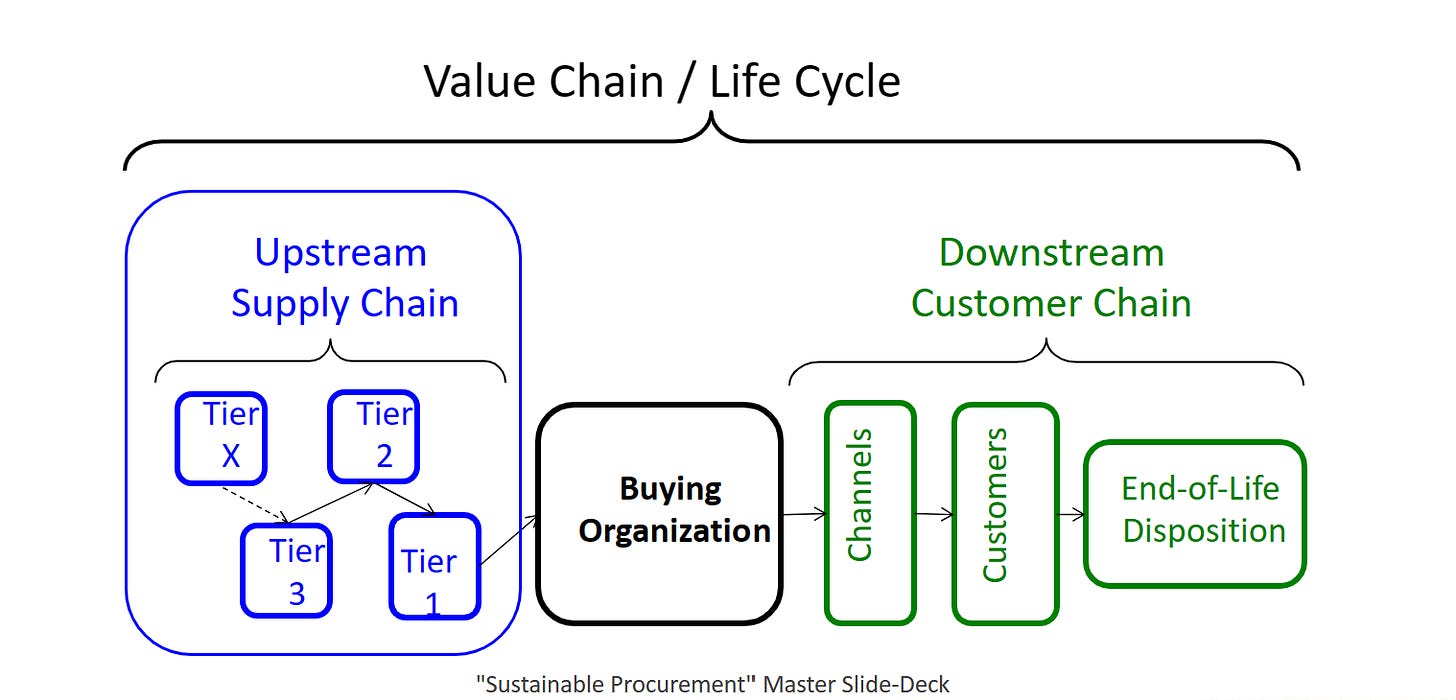
5. Organizational Impact
⚙ How does sustainable procurement align with your organization’s values, goals, and long-term sustainability strategy?
⚙ What specific positive impacts have you observed as a result of embracing sustainable procurement practices?
- How are these impacts measured? What percentage are quantifiable measurements?
- Is there an industry benchmark or certifiable standard your company adheres to?
⚙ In what ways do you communicate the organizational impact of sustainable procurement to stakeholders and the wider community?
CORPORATE SUSTAINABILTY EVALUATIONS:
✅Self-Assessment Frameworks
- Global Reporting Initiative (GRI)
- B Corp B Impact Assessment (BIA)
- Future-Fit Business Benchmark (FFBB)
- Sustainable Development Goals (SDGs)
- Integrated Reporting <IR>
- Sustainability Accounting Standards Board (SASB)
- EU Corporate Sustainability Reporting Directive (CSRD)
- World Economic Forum (WEF) Common Metrics
- ISO 26000
- AASHE STARS
✅+ Examples of Rating Frameworks
💡Examples of Third-party Supplier Assessments:
- EcoVadis scores
- B Corp certification scores
💡Examples of Supplier Self-Assessments:
- SDG Action Manager
- Basic Sustainability Assessment Tool (BSAT)
The United Nations Sustainable Development Goals
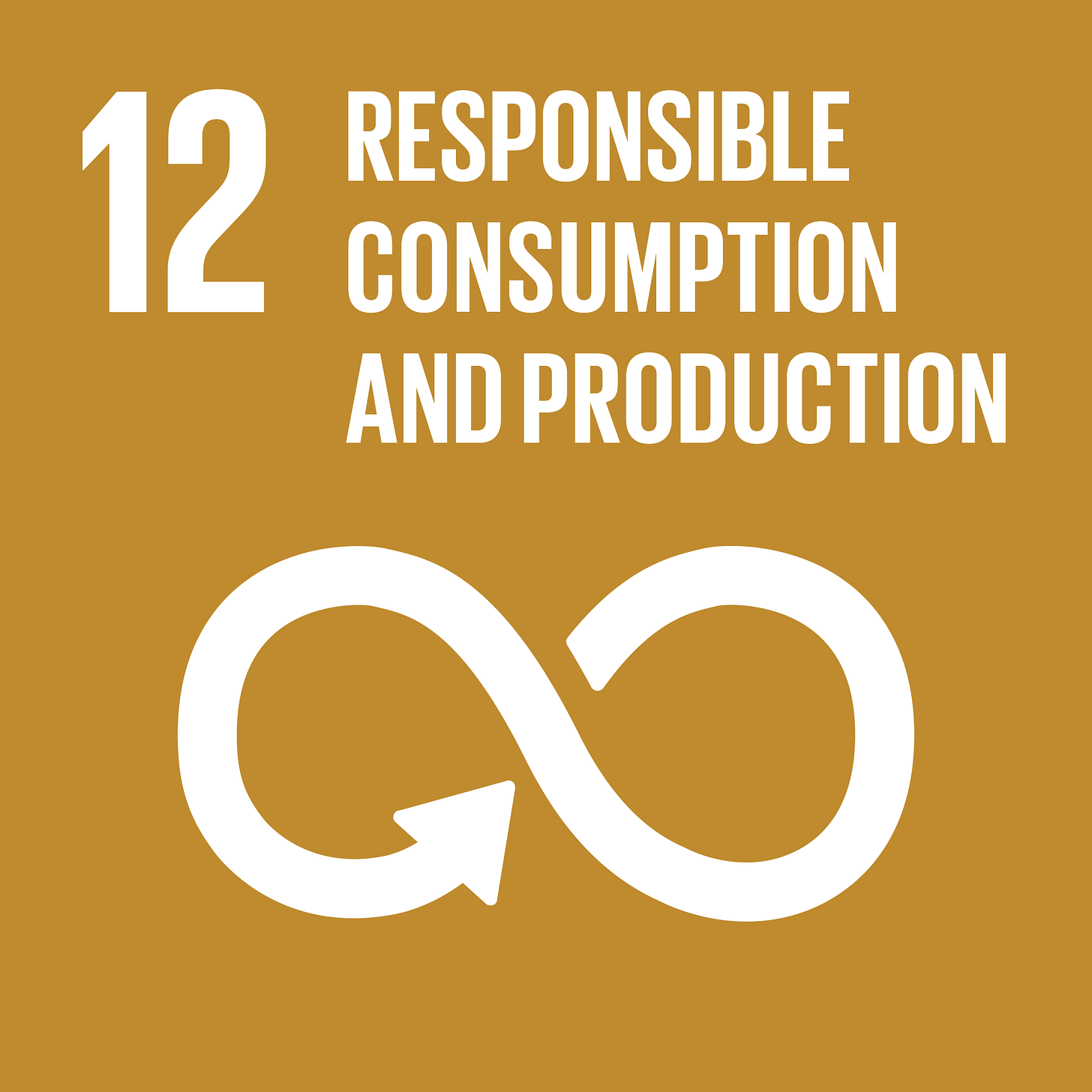
SDG12: Ensure sustainable consumption and production patterns
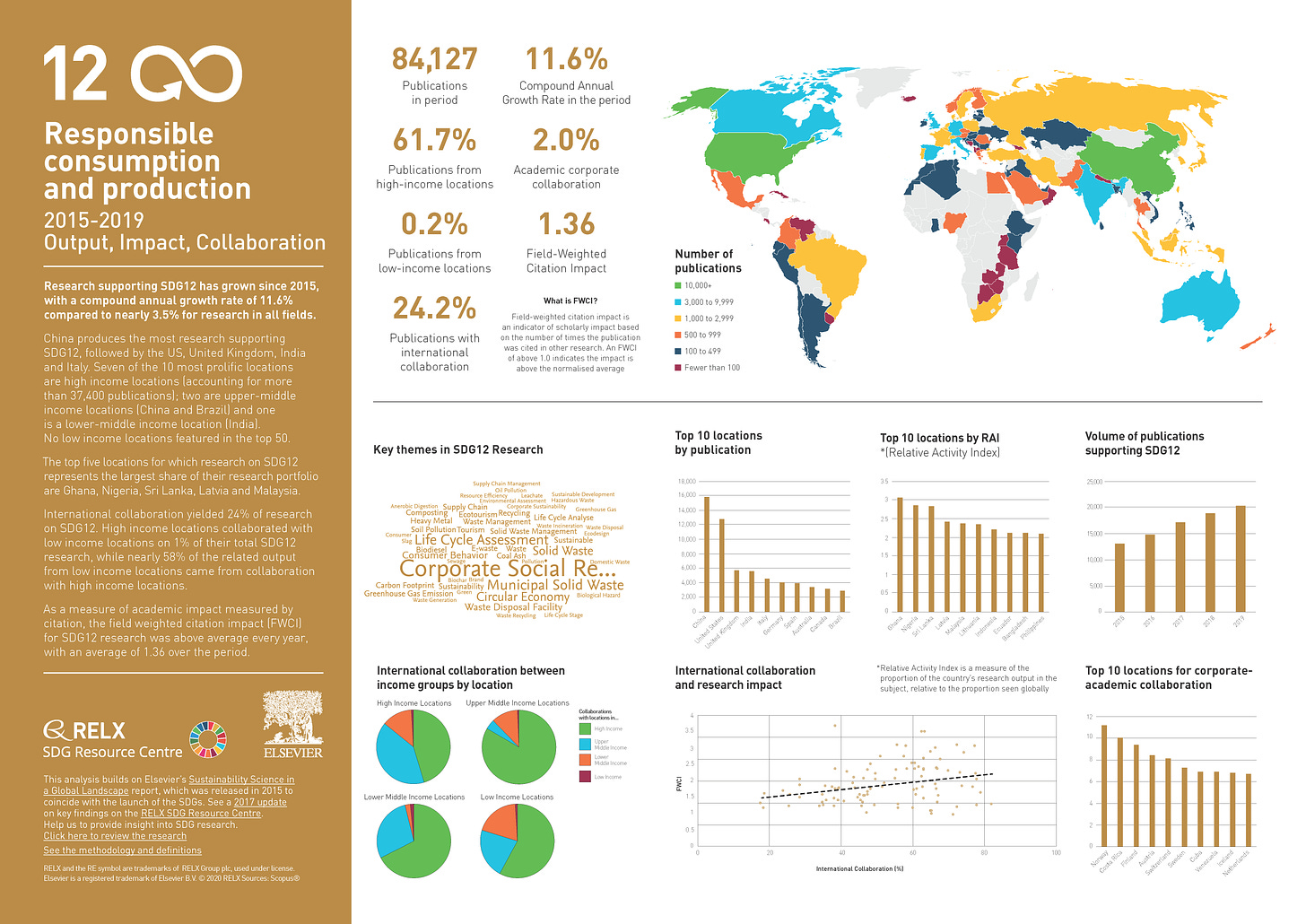
THE SDG 12 TARGETS
12.1: Implement the Sustainable Production and Consumption Framework
12.2: Sustainable Management and Use of Natural Resources
12.3: Halve Global Per Capita Food Waste
12.4: Responsible Management of Chemicals and Waste
12.5: Substantially Reduce Waste Generation
12.6: Encourage Companies to Adopt Sustainable Practices + Sustainability Reporting
12.7: Promote Sustainable Public Procurement Practices
12.8: Promote Universal Understanding of Sustainable Lifestyles
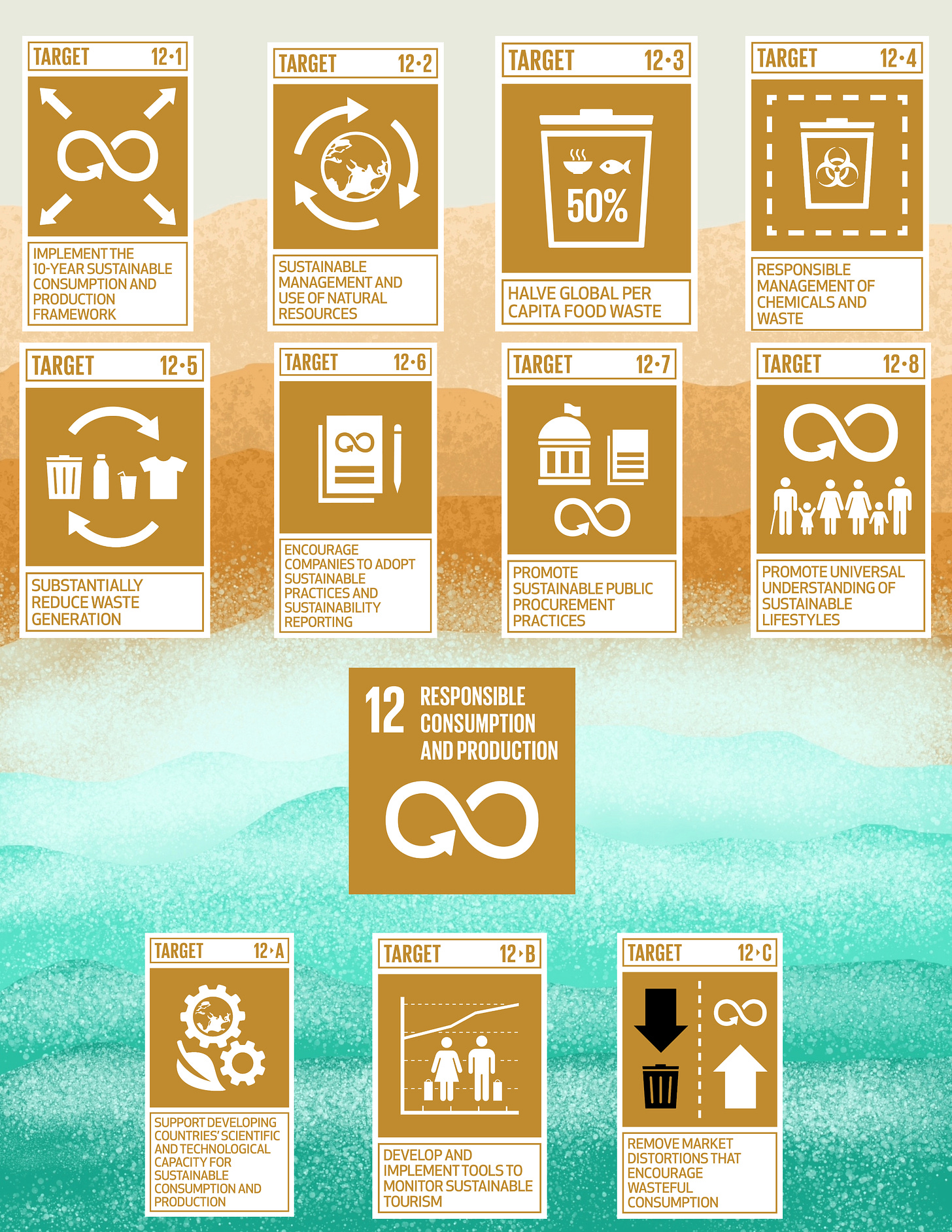
What identifies a sustainable supply chain?
Of the targets that combine to make SDG 12, sustainable procurement is primarily focused on SDG 12.1: Implement the Sustainable Production and Consumption Framework.
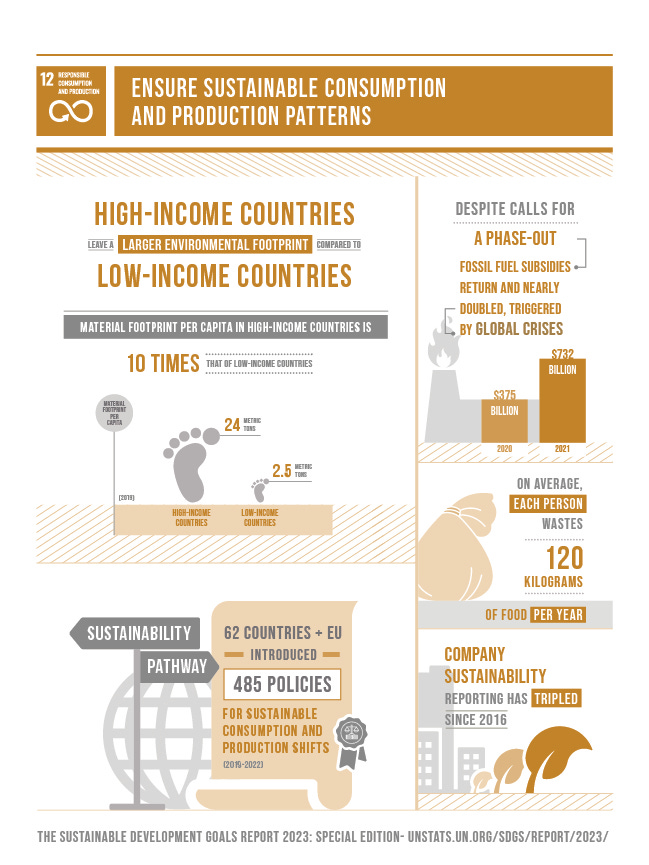
Conclusion
In conclusion, sustainable procurement is a vital practice for organizations looking to minimize their environmental impact, uphold equanimity, promote social responsibility, and contribute to a more sustainable future.
By selecting suppliers that align with specific criteria for environmental, social, and economic standards, organizations can provide a significant contribution to improving the overall performance of sustainability and at a much broader level. These efforts are rewarded by
- a reduction of carbon footprint which is increasingly linked to carbon taxation and credit systems by governments,
- support of ethical practices which factors into quality and consumer choice with financial results that are driven by the buying behaviors of the final customer, and
- creation of economic gains that influence communities and turn positive social impacts into self-reinforcing public relations opportunities.
Top 5 Countries in Global Rankings
Sustainable Trade Index 2022
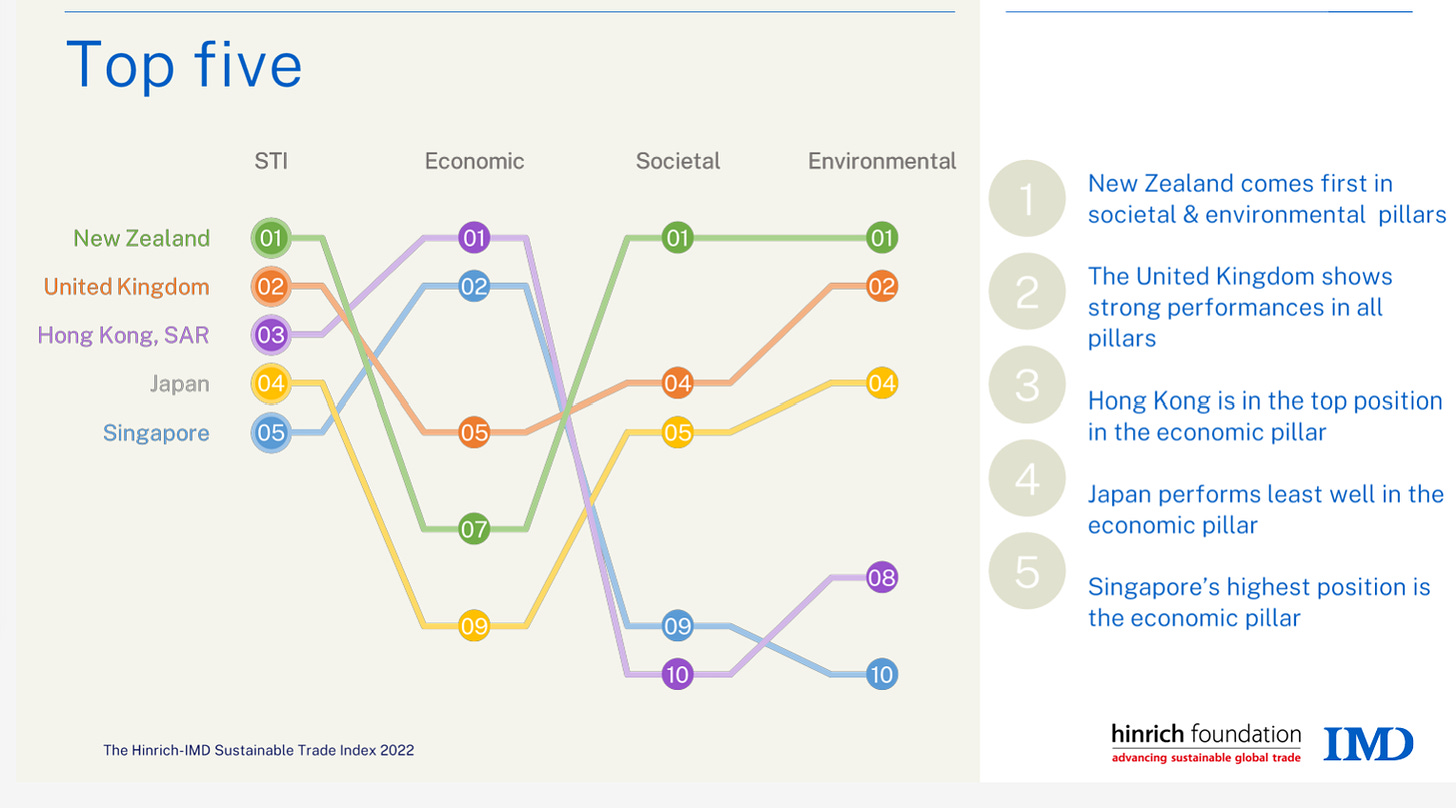
Embracing sustainable procurement not only benefits the organization in terms of aligning with its values and a long-term sustainability strategy – it also contributes to an increasingly resilient, less wasteful, and more inclusive economy.
It is through transparency in the supply chain and the prioritization of suppliers that uphold ethical practices, that organizations can make a meaningful contribution and support a more sustainably responsible global marketplace.
Organizations Supporting Sustainable Procurement
Supply Chain Sustainability School
- supplychainschool.co.uk/
- spp.earth/
- sustainablepurchasing.org/
- ecpar.org/
- reeveconsulting.com/about-ccsp/
- https://cssp.gouv.qc.ca/
References
Villena, V H. (2018, December 16). The Missing Link? The Strategic Role of Procurement in Building Sustainable Supply Networks. https://doi.org/10.1111/poms.12980
Zailani, S., Jeyaraman, K., Vengadasan, G., & Rajagopal, P. (2012, November 1). Sustainable supply chain management (SSCM) in Malaysia: A survey. https://doi.org/10.1016/j.ijpe.2012.02.008
The Hinrich Foundation Sustainable Trade Index (2022) https://research.hinrichfoundation.com/sti-2022
United Nations Sustainable Development Goad 12: https://sdgs.un.org/goals/goal12
If you are interested in hiring a management consultant for your business or project and want to learn more about our management consulting services, please contact us today. We are a professional management consulting firm with years of experience in helping people at businesses like yours to achieve results.
Visit and Subscribe on all our channels.
🌐
📩Company Newsletter
𝕏 Connect
🔖 Join LinkedIn
✅ WhatsApp ☎
👉And don’t forget to share this article on your favorite social media platform.

